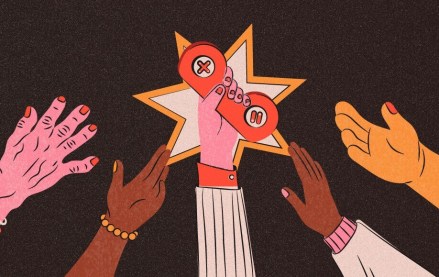
In theory, a flexible paywall allows a publisher’s audience to develop more of a habit, hit advertising campaign goals more easily, and test out more hypotheses. But it also risks confusing readers. In this presentation from Digiday’s Hot Topic: Subscriptions and Commerce, which took place in New York City this past February, hear from Jason Sylva, general manager of consumer marketing revenue at New York Magazine, as he discusses its decision to go with a dynamic paywall. The key hits:
- Information like when, where and how consumers are interacting with your content can help you determine strategic perimeters for the paywall.
- When introducing a paywall, many publishers run into problems with it impacting their advertising business. To find a balance, consider leaving the paywall off of one-off pieces, such as television recaps or event coverage, and instead drive it on some of the more in-depth reporting.
- Optimize, but also learn: Optimizing focuses on existing demand, and learning enables you to build a more sustainable business.
Listen to this presentation on the Digiday Live podcast here.
More in Media

From sidelines to spotlight: Esports events are putting creators center stage
Esports events’ embrace of content creators reflects advertisers’ changing priorities across both gaming and the wider culture. In the past, marketers viewed esports as one of the best ways to reach gamers. In 2025, brands are instead prioritizing creators in their outreach to audiences across demographics and interest areas, including gaming.

Condé Nast and Hearst strike Amazon AI licensing deals for Rufus
Condé Nast and Hearst have joined the New York Times in signing a licensing deal with Amazon for its AI-powered shopping assistant Rufus.

Media Briefing: AI payouts may be entering a new era
AI compensation is evolving — and new models, not just publisher demands, are driving the shift beyond flat-fee licensing.








